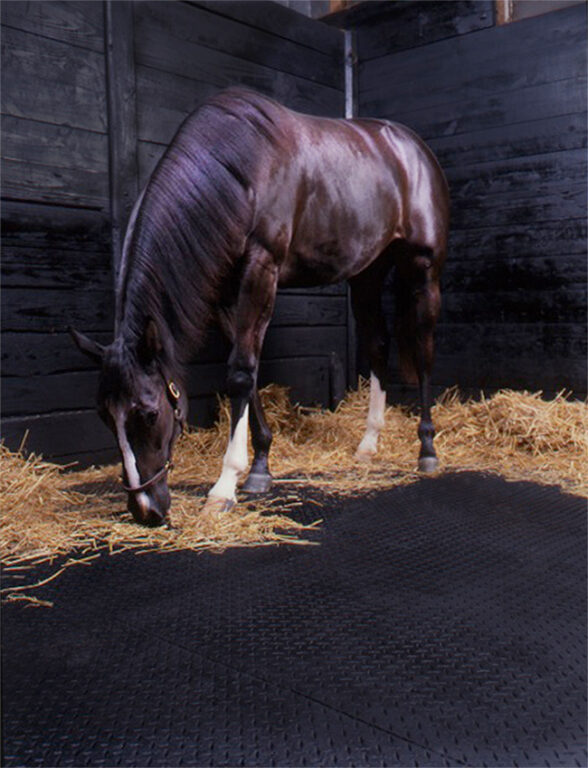- Your source for stall mats, rubber arena footing, arena harrows and arena dust control.

Horses are highly expressive animals, communicating their emotions through body language, facial expressions, and vocalizations. Understanding these cues can enhance your relationship with your horse, improve training outcomes, and ensure their well-being. Here’s a guide to help you interpret your horse’s emotional expressions more accurately.
1. Facial Expressions: The Window to a Horse’s Mind
Just like humans, horses use their facial muscles to convey emotions. Observing their eyes, ears, nostrils, and mouth can reveal much about their mood and comfort level.
- Eyes: Wide-open eyes with visible whites indicate fear or stress, while soft, relaxed eyes suggest contentment.
- Ears: Forward ears show curiosity or engagement, while pinned ears signal aggression or irritation.
- Nostrils: Flared nostrils can indicate excitement, pain, or distress.
- Mouth and Lips: A tight, tense mouth often signals discomfort, whereas a drooping lower lip suggests relaxation.
2. Body Language: Posture and Movement
A horse’s body position and movements can also tell you a lot about how they are feeling.
- Standing Posture: A relaxed horse will stand evenly on all four legs, while shifting weight or standing on three legs may indicate discomfort.
- Tail Position: A swishing tail often means irritation or agitation, while a raised tail (especially in younger horses) can signal excitement.
- Head Position: A lowered head generally means relaxation, whereas a high head indicates alertness, excitement, or anxiety.
3. Vocalizations: Understanding Horse Sounds
Though horses are not as vocal as some animals, they use various sounds to communicate their feelings.
- Neighing or Whinnying: Often used to call out to other horses, it can express excitement or separation anxiety.
- Snorting: Indicates curiosity or mild alarm but can also be a sign of relaxation when done softly.
- Squealing: Typically a sign of annoyance or defensive behavior, often heard during social interactions.
- Groaning: Can signal relaxation or discomfort, depending on the context.
4. Behavioral Signs of Emotional States
Horses display different behaviors based on their emotional state. Being aware of these can help you respond appropriately.
- Relaxed and Happy: Soft eyes, forward ears, a loose posture, and a willingness to engage.
- Anxious or Nervous: Frequent head tossing, wide eyes, sweating, and fidgeting.
- Fearful: Rigid posture, high head, flared nostrils, and a tendency to flee.
- Aggressive: Pinned ears, bared teeth, swishing tail, and stomping feet.
5. Strengthening Your Bond Through Understanding
Being able to read your horse’s emotional expressions can significantly strengthen your bond. By responding appropriately to their emotions, you create a trusting relationship where your horse feels secure and understood.
Conclusion
Understanding your horse’s emotions takes time and careful observation, but it is a skill that enhances both safety and companionship. By paying attention to their facial expressions, body language, vocal cues, and behavior, you can better meet their needs and ensure a positive relationship with your equine companion.


